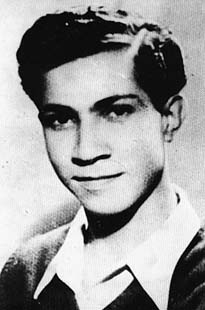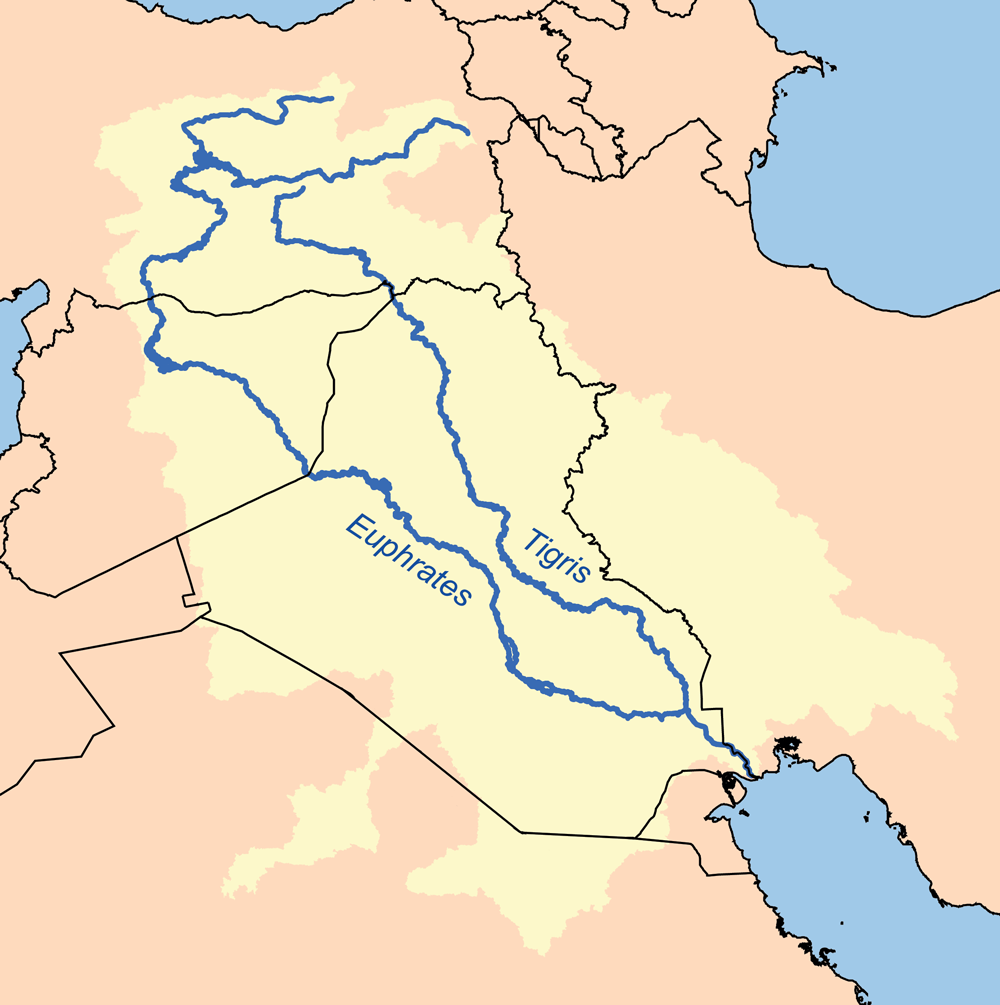Zert wrote:Heh, I'm not Lepzerin.
Often statements that aren't really contested don't need a lot of sources, so the single source that was already there is enough, I think.
Oh sorry, forgive me for mistaken, anyways great job.

Zert wrote:Heh, I'm not Lepzerin.
Often statements that aren't really contested don't need a lot of sources, so the single source that was already there is enough, I think.


The Pahli (Kurdish: Pehlí, پههلی also called Fayli or Faili) Kurds are an integral part of the Kurdish Nation, speaking the Laki dialect of Kurdish.
The roots of the Pahli (Fayli or Faili) Kurds go back to the Indo-European immigrants of the 1st millennium BC. The Pahlis are roughly equally divided between the followers of Shiite Islam and the native Kurdish religion of Yazdanism (the Ahl-i Haqq branch). Conversion into Shi'ite Islam among the Pahli Kurds began during the reign of the Safavid dynasty in Persia (1507-1721).
There are many folk stories and etymologies for the "meaning" of the name Pahli/Fayli/Faili. In his book, Mu'jam al-buldan, the geographer Yaqut of Hama notes in 13th century that the Pahli/Faili who reside the mountains separating Persia from Iraq are called Faili/Pahli because they are as huge as elephants (from "fil", Arabic for elephant)! Others proposed that the name was that of a ruler of the area, given later to his subjects. Some of these folkloric accounts are discussed by Khusrow Goran in his book Kurdistan Through Eyes "volume I (Stockholm, 1992).
The historical fact on the root of the name of the Pahli is fully clear. As M. R. Izady notes in his work (The Kurds: A Concise Handbook, London, 1992), the territory inhabited by the Pahli/Fayli Kurds was known as "Pahla" (meaning "Parthia") since the 3rd century AD. The area boasted to one of the most important Parthian settlements outside Parthia proper (or Khurasan). The name "Pahla" was likewise used for the area by the early Muslim geographer until the 13th century, after which the name "Luristan" gradually came to replace it. The Arabic texts recorded the name as "Fahla" or "Bahla", (Arabic lacks the letter "p"). From "Fahla" has since evolved Faila and Faili -- the modern name of the Pahli Kurds. In fact, there is still a small town called Pahla in the south of the major city of Ilam in South Kurdistan which is the heart of traditional settlement occupied by Pahlis.
Geographical settlement
Since the ancient times the Pahli Kurds have lived in the Zagros Mountains in southern Kurdistan. They live on the two sides of the Kabir Koh mountain, forming the Iran-Iraq border.
The districts of southern Kurdistan inhabited by the Pahli/Faili Kurds, are as follow: Khanaqin, Qasri Shirin, Kirmanshah, Shahraban (now know as Al-Miqdadia), Kirind, Harunabad (former Shahabad, presently Islamabad), Sarpoli Zohab, Ilam , Gelan, Salihabad, Musian, Badra, Dihloran, Andimishk, Mandali, Zorbatiya, Jassan, Kut, and Azizyah in addition to a number of towns in the districts of Shaikh Sa’ad, Ali Sharqi, Ali Gharbi, and Kufah.
In the first decades of the 20th century, many Pahlis moved to Baghdad, giving rise to such urban names as the "Kurdish quarter," the "Kurdish alley," and the "Kurdish street" in Baghdad. Many were engaged as porters in that city.
The basic activity of the people on the border area is agriculture and sheep herding. Wheat, barley, vegetables and fruits are the main products. There are also some notable mineral resources in the area such as petroleum (at Naft Khana, Naft-Shahr and Dihloran) and natural gas (at Tanga Bijar).
In the northern areas, the Pahlis benefit from the waters of the Halwân (Alwand, Alwan) River which flows out from the Harunabad and Gelan regions, down toward Khanaqin, before joining the Diyala that flows into the Tigris. There are also many, springs, qanats and wells that help with irrigation and domestic water use. The climate is varied, ranging from semi-arid on the lowlands to the wet in the highlands. The mountains are usually covered with snow which melts in the summer to irrigate the lands below.
In summer many Pahlis move with their herds to the higher elevations to the vast grasslands, moving back to the lowlands during the winter time to their villages. In the towns and cities, many work in trade and the exchange of goods and other urban professions.
In the book Ameroir of Baghdad (Cyprus, El Rais Publishing House, 1993),the ex-minister Mosa Al-Shahbandar described the life of the Pahli Kurds.
The approximate population of the Pahli Kurds is about half a millions in Iraq, and one million in Iran.

jjmuneer wrote:A video I made on the Parthian orginis of the Faylis(A cheap video, but I just wanted to make it):
http://www.youtube.com/watch?v=KLKNQvkuX3A
http://www.kurdishacademy.org/?q=node/46The Pahli (Kurdish: Pehlí, پههلی also called Fayli or Faili) Kurds are an integral part of the Kurdish Nation, speaking the Laki dialect of Kurdish.
The roots of the Pahli (Fayli or Faili) Kurds go back to the Indo-European immigrants of the 1st millennium BC. The Pahlis are roughly equally divided between the followers of Shiite Islam and the native Kurdish religion of Yazdanism (the Ahl-i Haqq branch). Conversion into Shi'ite Islam among the Pahli Kurds began during the reign of the Safavid dynasty in Persia (1507-1721).
There are many folk stories and etymologies for the "meaning" of the name Pahli/Fayli/Faili. In his book, Mu'jam al-buldan, the geographer Yaqut of Hama notes in 13th century that the Pahli/Faili who reside the mountains separating Persia from Iraq are called Faili/Pahli because they are as huge as elephants (from "fil", Arabic for elephant)! Others proposed that the name was that of a ruler of the area, given later to his subjects. Some of these folkloric accounts are discussed by Khusrow Goran in his book Kurdistan Through Eyes "volume I (Stockholm, 1992).
The historical fact on the root of the name of the Pahli is fully clear. As M. R. Izady notes in his work (The Kurds: A Concise Handbook, London, 1992), the territory inhabited by the Pahli/Fayli Kurds was known as "Pahla" (meaning "Parthia") since the 3rd century AD. The area boasted to one of the most important Parthian settlements outside Parthia proper (or Khurasan). The name "Pahla" was likewise used for the area by the early Muslim geographer until the 13th century, after which the name "Luristan" gradually came to replace it. The Arabic texts recorded the name as "Fahla" or "Bahla", (Arabic lacks the letter "p"). From "Fahla" has since evolved Faila and Faili -- the modern name of the Pahli Kurds. In fact, there is still a small town called Pahla in the south of the major city of Ilam in South Kurdistan which is the heart of traditional settlement occupied by Pahlis.
Geographical settlement
Since the ancient times the Pahli Kurds have lived in the Zagros Mountains in southern Kurdistan. They live on the two sides of the Kabir Koh mountain, forming the Iran-Iraq border.
The districts of southern Kurdistan inhabited by the Pahli/Faili Kurds, are as follow: Khanaqin, Qasri Shirin, Kirmanshah, Shahraban (now know as Al-Miqdadia), Kirind, Harunabad (former Shahabad, presently Islamabad), Sarpoli Zohab, Ilam , Gelan, Salihabad, Musian, Badra, Dihloran, Andimishk, Mandali, Zorbatiya, Jassan, Kut, and Azizyah in addition to a number of towns in the districts of Shaikh Sa’ad, Ali Sharqi, Ali Gharbi, and Kufah.
In the first decades of the 20th century, many Pahlis moved to Baghdad, giving rise to such urban names as the "Kurdish quarter," the "Kurdish alley," and the "Kurdish street" in Baghdad. Many were engaged as porters in that city.
The basic activity of the people on the border area is agriculture and sheep herding. Wheat, barley, vegetables and fruits are the main products. There are also some notable mineral resources in the area such as petroleum (at Naft Khana, Naft-Shahr and Dihloran) and natural gas (at Tanga Bijar).
In the northern areas, the Pahlis benefit from the waters of the Halwân (Alwand, Alwan) River which flows out from the Harunabad and Gelan regions, down toward Khanaqin, before joining the Diyala that flows into the Tigris. There are also many, springs, qanats and wells that help with irrigation and domestic water use. The climate is varied, ranging from semi-arid on the lowlands to the wet in the highlands. The mountains are usually covered with snow which melts in the summer to irrigate the lands below.
In summer many Pahlis move with their herds to the higher elevations to the vast grasslands, moving back to the lowlands during the winter time to their villages. In the towns and cities, many work in trade and the exchange of goods and other urban professions.
In the book Ameroir of Baghdad (Cyprus, El Rais Publishing House, 1993),the ex-minister Mosa Al-Shahbandar described the life of the Pahli Kurds.
The approximate population of the Pahli Kurds is about half a millions in Iraq, and one million in Iran.













Zert wrote:A small one, to show that I haven't quit:




Bestoun wrote:
kurd with pointy hat
Man dressed in red wearing a pointy hat and a long white beard, it's FATHER CHRISTMAS
Scythian with pointy hat








Kori Gorani wrote:jjmuneer wrote: In regards to to evidence. Well there are several documents and articles explaining the connection to our Median ancestors. Our language, culture and genetics.
Hello;
I am new here and for my first post wanted to reply to this:
Many Kurds try to take a simplistic view of the origin of the Kurds; views that are not supported by historical facts/research. The Kurdish culture and society were well-established before the arrival of the nomadic tribes (Aryans, Arabs, Mongols...). It is widely accepted among leading anthropologists that nomadic people do not really “contribute” to cultures they conquer. What they leave behind is some genetic and linguistic traces. It would be shortchanging the Kurds to ignore their long history by claiming that they are children of the newly-arrived Medes.
There is no genetic paper published about the Medes in any peer-reviewed journal. There has been no viable sample for genetic analysis. I would like the source; it may prove me wrong.
Furthermore there are only “very few' (some linguists say only “three”) Median words that have survived (such as aspa = horse, paridaiza = paradise, by the way paradise has an interesting history....) which makes it impossible to reconstruct any picture, clear or otherwise, of the language. The words that are assumed Median are basically names (geographical, religious...). Many of theses words are “assumed” to be of Median origin. Basically we do not know what Median language is/was except that it “could” be related to Old-Persian.
As for Kurdish language: there is an “agreement”, not proven, among contemporary linguists that Kurdish language is Parthian with Median substratum. Parthians are a very important part of Kurdish history, one that needs more time to go into.
G.



Registered users: No registered users